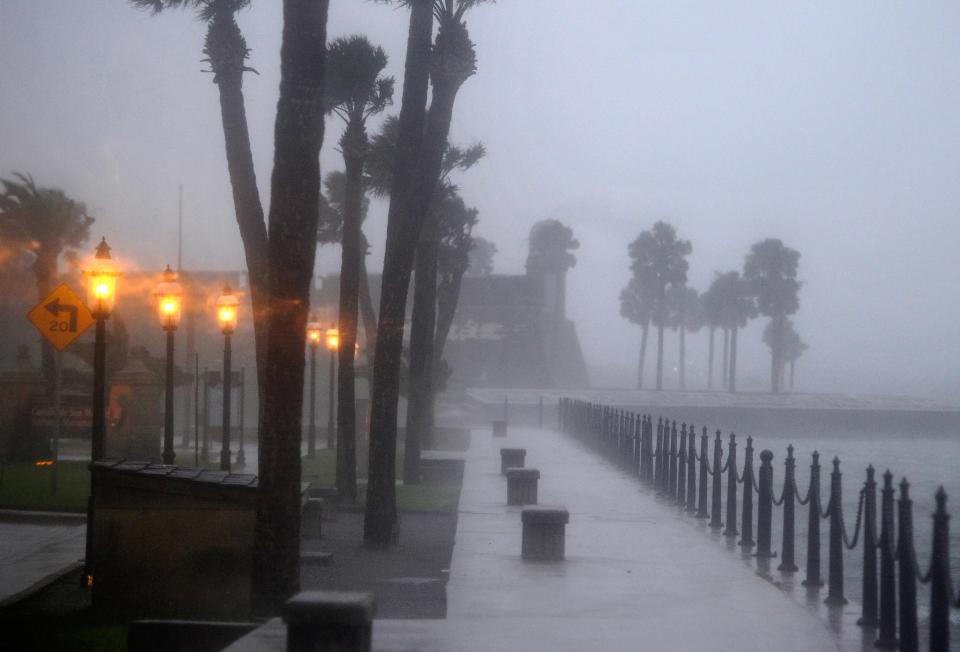St. Johns County emergency, tourism officials prepare for hurricane season, evacuation changes
With a busy hurricane season predicted this year, St. Johns County officials are preparing not only for impacts to people and property, but also the county's economic lifeblood: tourism.
The St. Augustine Record spoke about hurricane preparedness with Joe Giammanco, the county government's director of emergency management, and Richard Goldman, the leader of the St. Augustine, Ponte Vedra & The Beaches Visitors and Convention Bureau.
Remembering Hurricane Matthew: 5 years later, St. Johns County shares lessons learned
Who makes the most in local government?: See the top salaries in St. Johns County
Disaster preparation
St. Johns County Emergency Management is in charge of the county's emergency preparation and response.
"We do a lot of planning," Giammanco said. "We do a lot of outreach to the community."
This year, the county's evacuation zones are different, he said. While they're not significant changes, people should know their evacuation zone so that they know when to evacuate in an emergency.

Evacuation zones are online at sjcemergencymanagement.com; click on "My Evacuation Zone." The site also includes a wealth of information about preparing for hurricanes and other natural disasters, such as a hurricane supply checklists for staying at home, in the shelter and when you're on the road.
Through the emergency management site, people can also sign up for notifications from Alert St. Johns, a notification system officials use to provide important updates about "severe weather, unexpected road closures, water advisories, missing persons, evacuations of buildings or neighborhoods and incidents that may threaten public safety," according to the Alert St. Johns page.
Protecting the city's economy and its tourists
The visitors and convention bureau also updates its hurricane response plan annually, which tells them how to handle each stage of a disaster, Goldman said.
"Our real core mission when a hurricane threatens is to inform our prospective visitors and our stakeholders in the tourism industry about where the hurricane is, what are its chances of arriving, what are the impacts that are predicted, with an eye toward protecting life and property," he said.
Goldman said the preparations have been refined since Hurricane Matthew in 2016, such as ensuring a tourism bureau employee is in a location with stable wireless internet access throughout the storm — that way communication with the public isn't interrupted.
"It's the kind of thing where we used to do this because we were in Florida and we knew we had to, and so we went through the motions of policy and procedures and having that updated book on our shelf," he said.
"After Matthew, we got very good and it, and we take it very seriously from a publicity standpoint and from a social media standpoint and from our internal communications."
A hurricane can strike a serious blow to a tourism economy. After Hurricane Matthew, the community faced an intense cleanup effort and recovery.
"We were very fortunate with Matthew through our relationship with then Gov. Scott. We were able to actually post his press release and press statements about the state being open again," Goldman said.
"We also make a point of communicating … when we're open, when the streets are cleared. We use our publicity and social media channels and of course our website to communicate that we're open for business."
This article originally appeared on St. Augustine Record: Hurricane preparations: St. Johns County evacuation zones change

